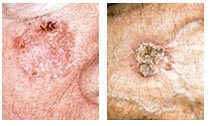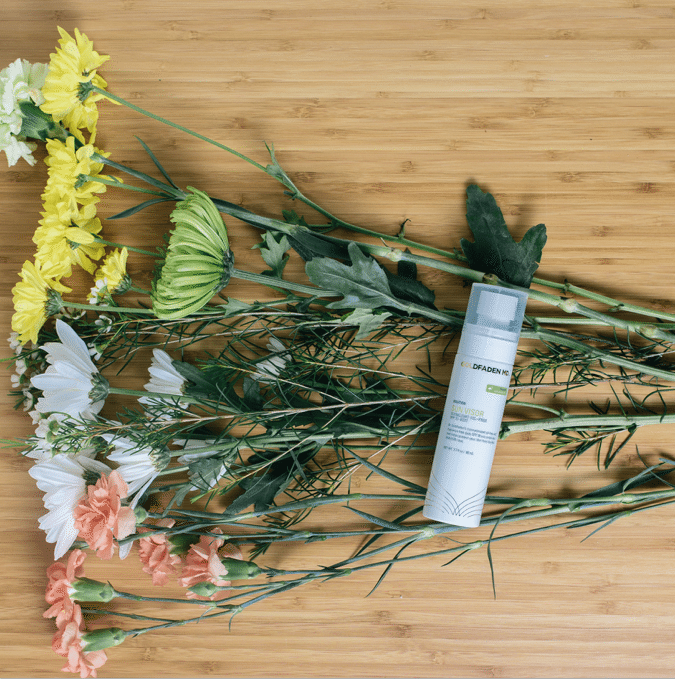As Summer comes to end a visit to your dermatologist is recommend. Having a whole body check is imperative for healthy skin. Skin cancer can be avoided and prevented and early detection is crucial.

Types of Skin Cancer
There are many types of skin cancer but the three we hear the most about are Basal cell carcinoma (BCC), Squamous cell carcinoma (SCC) and Melanoma. To the naked eye these can all look similar which is why it is imperative to see your Dermatologist once a year for a full body scan. If you notice something different or new on your body go see your doctor. All of these skin cancers can be cured or treated if detected early. SCC (in rare cases) and Melanoma more frequently can cause death if they grow and spread. Learn the symptoms and get checked. Most likely anything you find is in very early stages and is easily treatable. Knowledge is your greatest weapon.
1. Basal Cell Carcinoma

- Found in outer most layers of the skin
- Can be disfiguring if allowed to grow
- Very rarely metastasizes (spreads)
- Most common form of cancer
Symptoms/Warning Signs
- Open sore that bleeds
- Red patch (can be mistaken for rosacea)
- Shiny bump
- Pink growth-can be elevated with a depression in the middle
- Scar like looking area that can be void of color and looks stretched and shiny
2. Squamous Cell Carcinoma



- Found in upper layers of skin
- Can cause disfigurement if allowed to grow
- Can cause death if allowed to grow (although very rare)
- Grow deeper into the skin than BCC
- Usually found on face, ears, lips, neck and tops of the hands
Symptoms/Warning Signs
- Thick and rough sore
- Scaly red sore
- Red patch/crusty/bleeds
- Sore with irregular boarders and crust
- Can be brown/darker than BCC
- Can look like a wart
- Can be elevated with depression in middle
3. Melanoma
- Caused by mutation of cells found in the pigment of moles and freckles.
- DNA is mutated due to UV exposure or predisposition
- Can cause death
- Can return once treated
- Can develop without having had over UV exposure or sunburn
- Can spread fast
Symptoms/Warning Signs
- Asymmetry
- Changes in size or color(pigment) of an existing mole
- Uneven boarders of a mole
- Can be black in color or brown
- Can be pink in color or multi-colored
- Diameter can be large but not necessary
- Cancer can show up in places we may not always think to check. Seeing your Dermatologist once a year can put your mind at ease and possibly save your life.
A few areas skin cancer can show up are the following:
- Moles – look for change is size, color or shape
- Nail beds
- Scalp
- Soles of feet
- Palms of the hands
Protection and prevention are the greatest tools for staying healthy and skin cancer free. Always remember if something looks or feels different or abnormal see your Dermatologist.


